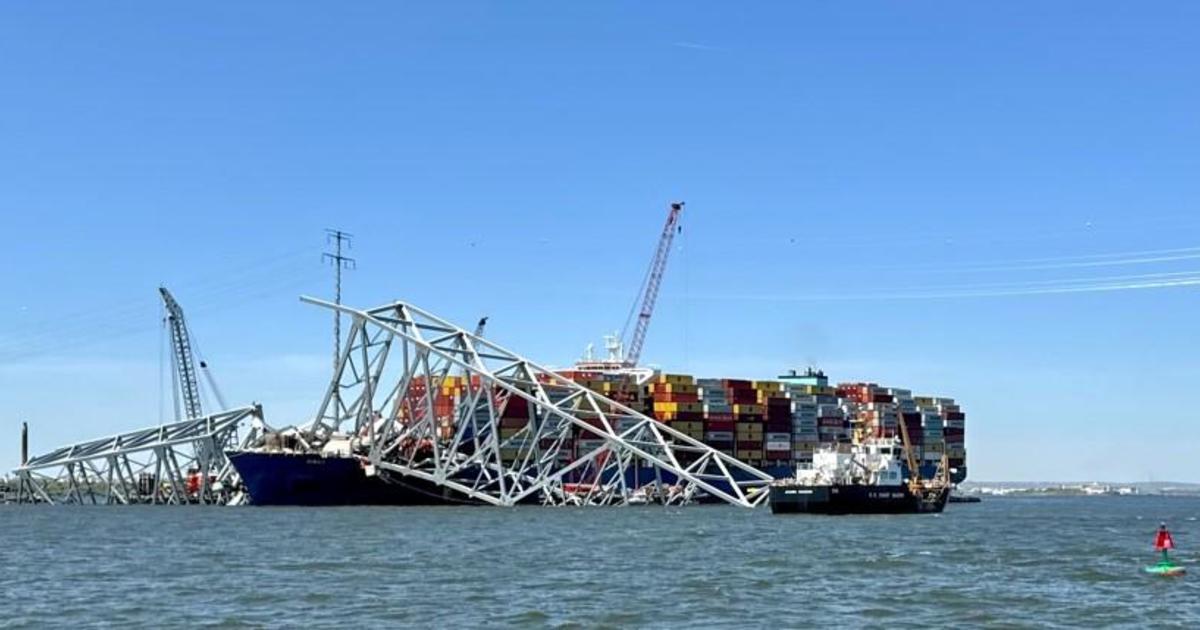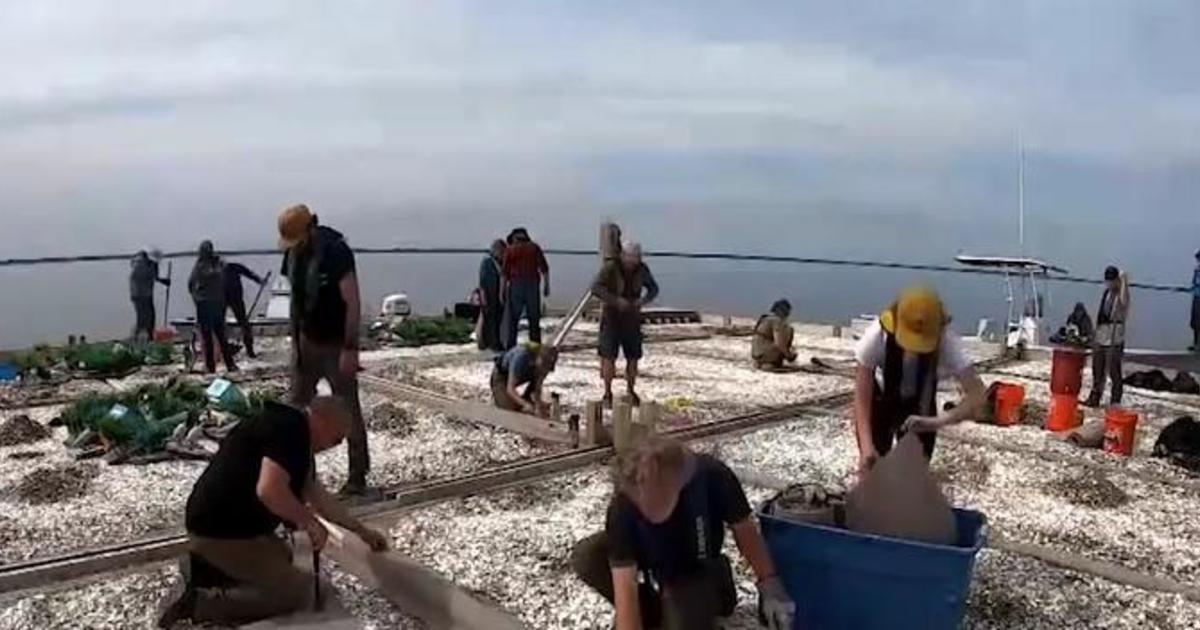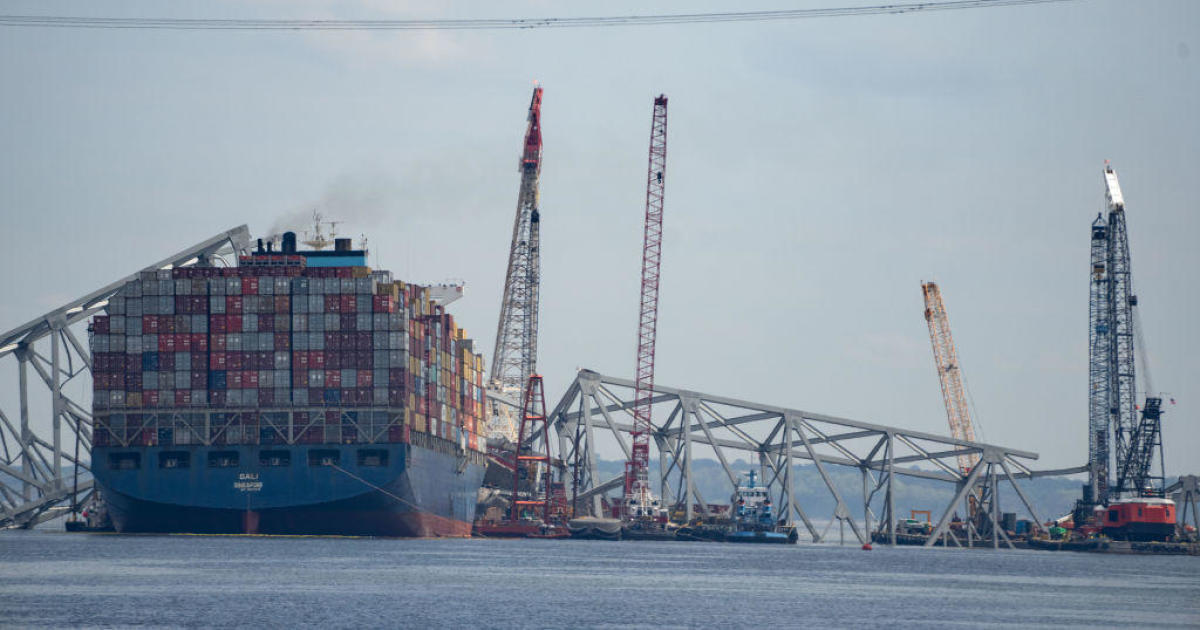Md. To Plant Baby Oysters On Underwater Beds To Increase Their Population
BALTIMORE (WJZ)-- Sometimes, when you're between a rock and a hard place, add more rocks.
Alex DeMetrick reports that's exactly what's happening in the Chesapeake Bay where oysters are in a very tough spot.
Once, skipjacks could harvest all the oysters they could hold. Now, more empty shells than live oysters fill the Bay.
So, 10,000 tons of rocks are being carefully laid off Tilghman Island to help bring oysters back from the disease that nearly wiped them out.
The Army Corps of Engineers is building underwater beds and Maryland will plant baby oysters on top.
"We're building 22 acres. So eventually 100 million baby oysters, because it's roughly five million per acre we're planting," Claire O'Neill of the Army Corps of Engineers said.
Restocking oysters started years ago as a way to bring back a catch. But not anymore.
New reefs and plantings are now off-limits to give oysters a chance to build up immunity to disease and reproduce on their own.
But first they have to get up out of the mud.
"On the bottom, they're more susceptible to low dissolved oxygen, and by bringing them up they have a better chance at surviving," O'Neill said.
But in the northern bay, there have been setbacks. This past year, storm runoff carried not only debris, but levels of freshwater deadly to oysters.
"Some of the bars were 100 percent dead. We didn't find a live oyster on it at all," waterman Barry Sweitzer said.
But here, the water is better balanced.
"It's not susceptible to too low of salinity and it's not going to get too high a salinity, which brings on diseases," O'Neill said.
Replacing what nature originally built takes some invention.
"And we have used granite in the past, used recycled concrete, we've used recycled oyster shells from up north in the Bay. Trying different substrates to figure a good way to bring oyster beds and the recovery back," Jeff Price of the Army Corps of Engineers said.
The recovery project of Tilghman Island is part of a larger goal of establishing 300 acres of protected oysters in that area.



